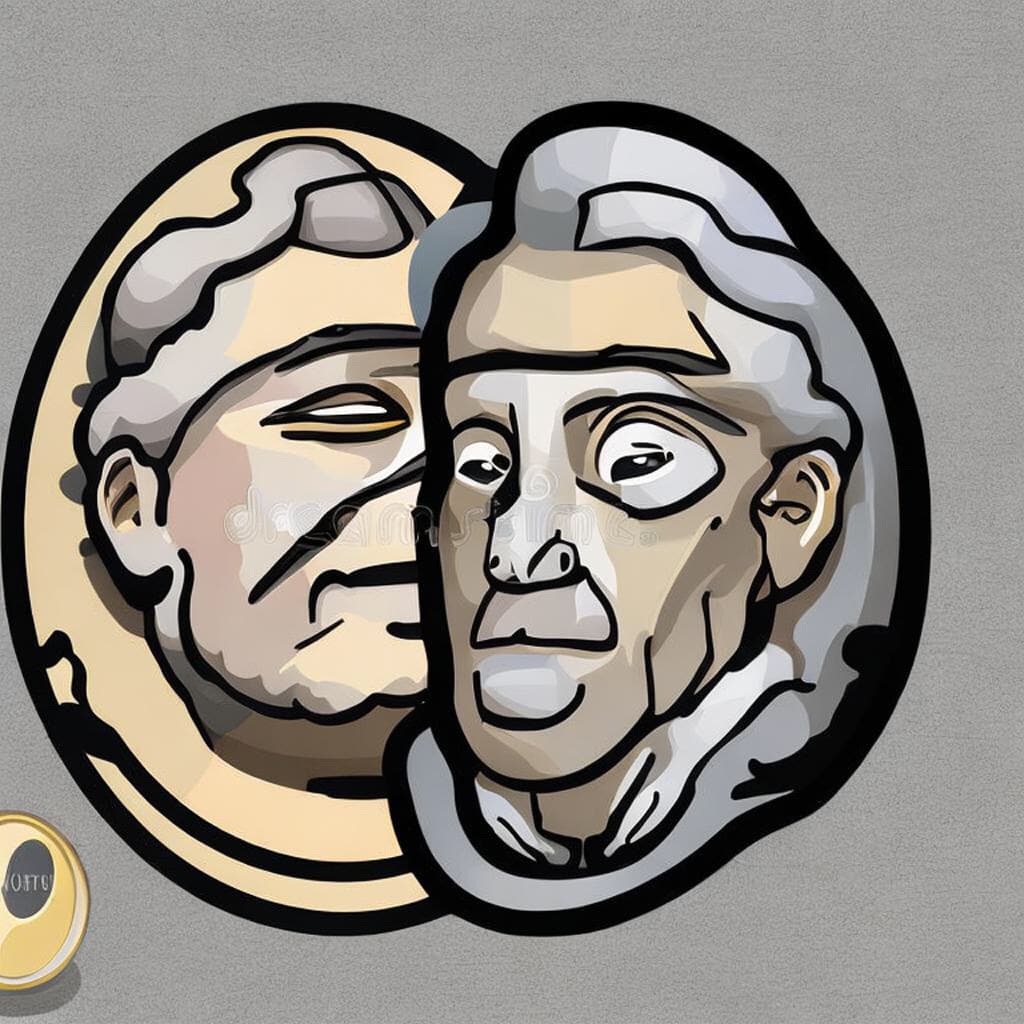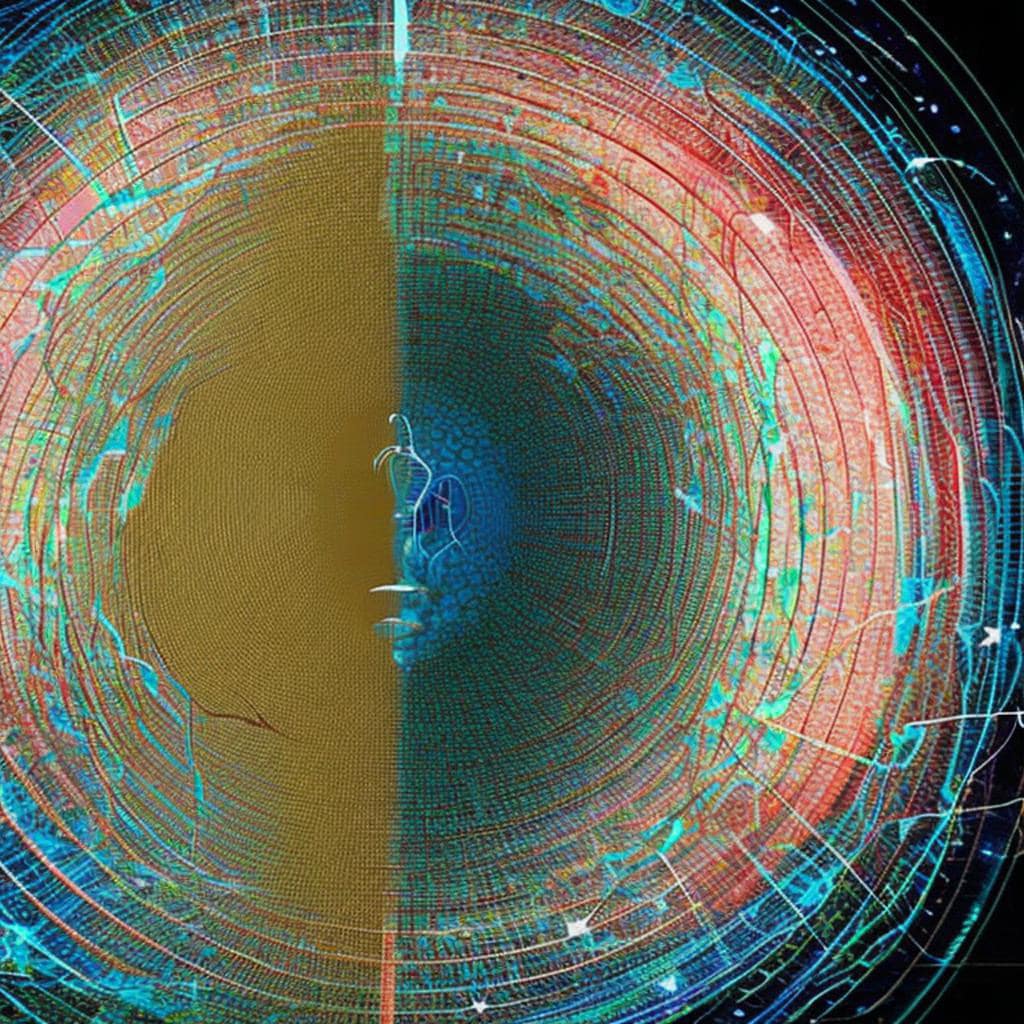Difference between objective and relative history
The terms “objective” and “relative” refer to different ways of understanding and interpreting historical events and phenomena.
Objective history emphasizes the importance of factual accuracy and seeks to provide a comprehensive and unbiased account of events, based on verifiable evidence. Objectivity often assumes that there is a single, objective truth about the past that can be discovered through rigorous research and analysis.
Relative history, on the other hand, acknowledges that our understanding of the past is shaped by the perspective of the observer and the context in which they are situated. It recognizes that different people, cultures, and societies may have different interpretations and meanings of historical events, and that these interpretations are inherently subjective.
Relative history is often associated with postmodernist and postcolonial approaches to history, which challenge the idea that there is a single, objective truth about the past. Instead, these approaches emphasize the need to understand historical events in their specific cultural and social contexts, and to recognize the role that power and ideology play in shaping our interpretations of the past.
It's worth noting that the distinction between objective and relative history is not always clear-cut, and that many historians may incorporate elements of both approaches in their work. Ultimately, the choice of approach will depend on the research question, the available evidence, and the particular perspective and values of the historian.
Two faces of the same coin
That is a good way to describe the relationship between objective and relative history. While they may seem to be opposite or incompatible approaches, they are both necessary and complementary in providing a fuller understanding of historical events and phenomena. Just like the two sides of a coin, they represent different perspectives on the same underlying reality. In many cases, historians may need to draw on both objective and relative approaches in order to gain a more nuanced and comprehensive understanding of the past.

Source OpenAI’s GPT language models, Fleeky, MIB, & Picsart
Thank you for questions, shares and comments!
Share your thoughts or questions in the comments below!






